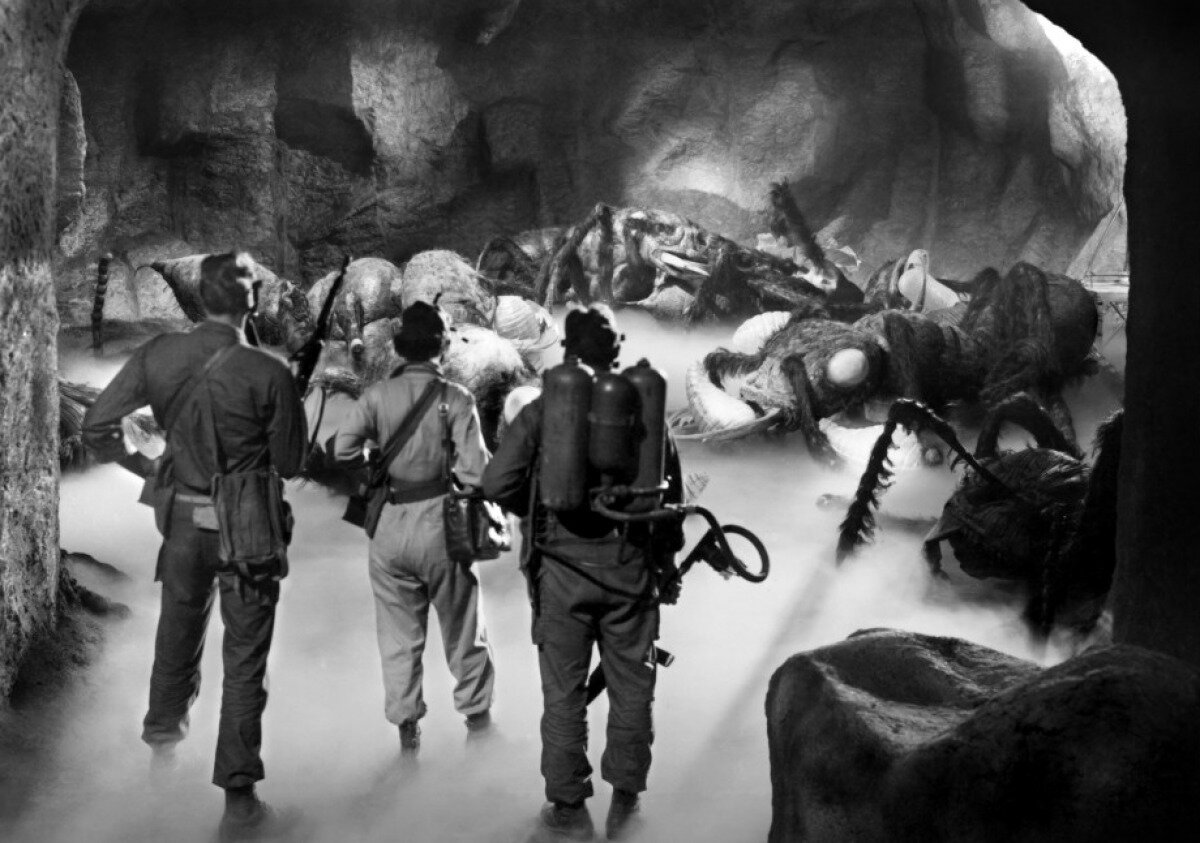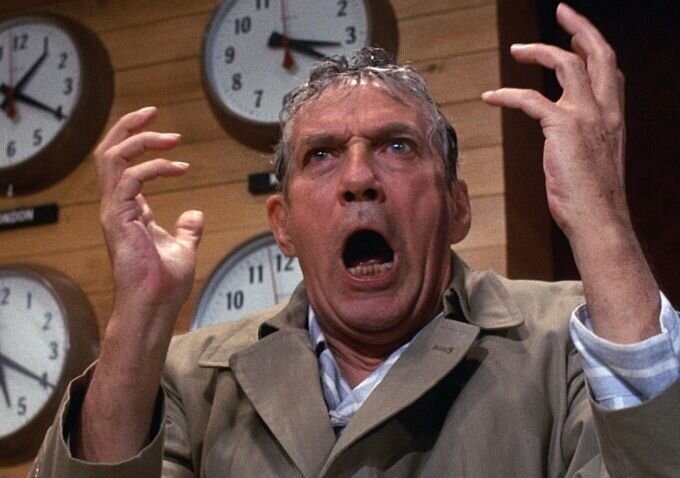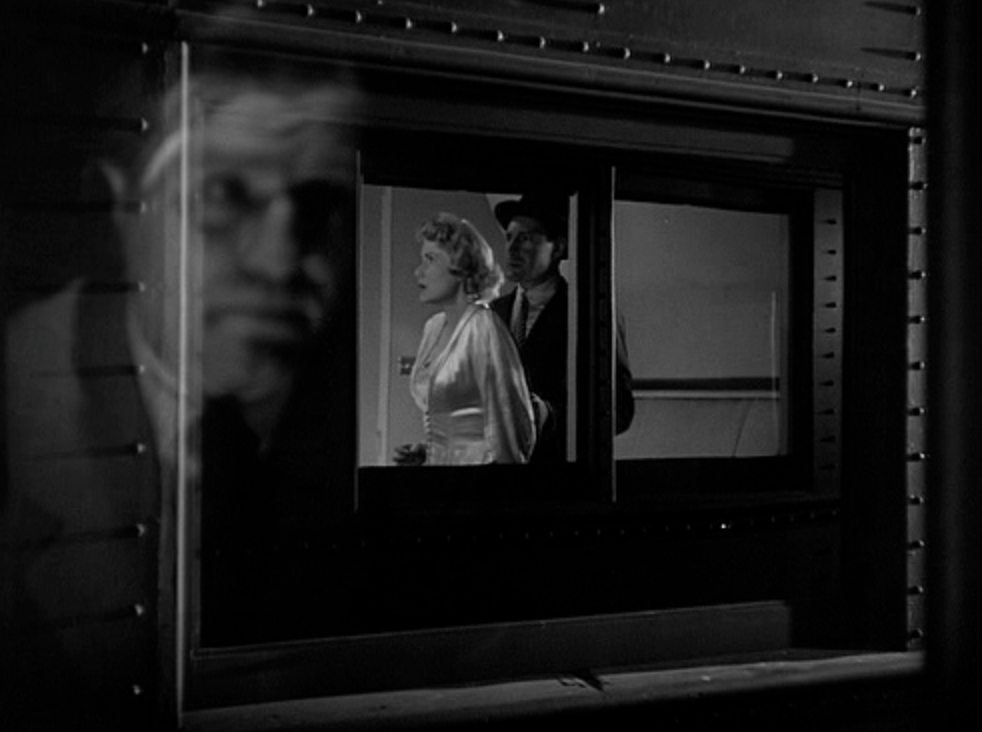Compare that to the 1953 version whose central character, Doctor Clayton Forrester, authentically played by Gene Barry, remains connected to what is happening at a higher level. This heightens the tension on a vaster scale as we additionally stay connected to the central conflict. In addition, there are multiple exhilarating scenes of distinction that don’t rely on an enormous budget to capture our attention: the Pastor who attempts to communicate with the aliens by reading from scripture (the first indication that God is not taking sides), the military's reaction to their useless weapons, the siege of Forrester’s vehicle and supplies in downtown Los Angeles which represents humanity's last hope, * the feelings expressed between the two main characters (Forrester’s romantic interest, a science instructor, is played with sincerity by Ann Robinson) in a time of extreme crises, and the narration provided by Cedric Hardwicke… (Morgan Freeman is no slouch but his narration for the 2005 version lacks the command of his predecessor and sounds rudimentary by comparison). All these elements combine to deliver a complex human dimension to drama that resonates. Even the Academy Award winning special effects in this 1953 adaptation are pretty impressive (newly restored to their original technicolor glory): those spacecraft gliding over downtown L.A. like some elevated souped-up Corvettes destroying everything in sight are still a marvel to behold, not to mention appear more technologically advanced compared to the later versions’ long-legged walking machines. George Pal creatively co-produced. Byron Haskin commandingly directed Barré Lyndon’s character focused adaptation of H.G. Wells’ novel. Leith Stevens provided the alternately eerie and rugged score.
* This is an all-important moment near the story’s conclusion since Dr. Forrester, after conferring with top ranking military advisors, has determined that the only chance to save mankind is the scientific equipment on board his truck. The military’s armaments, including an atomic bomb, are totally ineffective. Therefore it is up to Forrester, after having retrieved a blood sample from an alien at the farmhouse, to find a biological weapon to stop the invaders. When a desperate mob seizes the truck and destroys his supplies, the frightening feeling of impending doom is heightened considerably. *** SPOILERS *** At that point we are unaware that downtown L.A. already has what turns out to be a lethal biological weapon of its own: smog.
Verdict: The War of the Worlds (1953) is the winning film.
(For Part 2: Point Blank (1967) or Payback (1999) in the series, click here).























